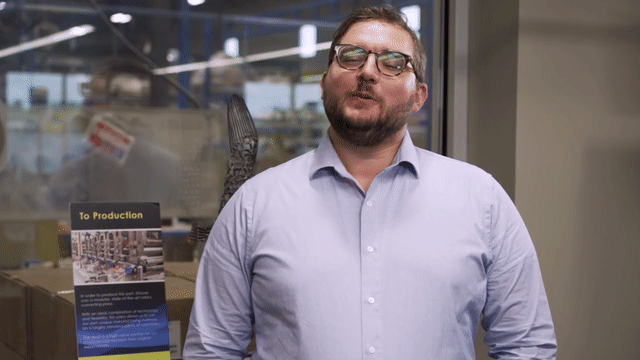The birds are singing, the weather is bright and cheerful, and the only thing that could improve this day is reading and signing a lengthy legal document.
Perusing a Mutual NDA (Mutual Non-Disclosure Agreement) isn’t first on anyone’s list of hobbies, but it doesn’t need to cause as many headaches as you’d expect.
Over the years, Strouse has successfully written and pursued thousands of mutual NDAs, so we’re used to answering your questions about how they work.
To help you understand what a mutual NDA is and why it’s necessary, we’ll dive into the top four questions we receive most commonly.

4 Questions You Might Have About Mutual NDAs
Although they’re not the most complicated legal documents in the world, it can still be a hassle to receive a mutual NDA in your email inbox.
That’s why we’ve put together a guide to help answer any mutual NDA questions you have.
These four questions should help you understand why we need a mutual NDA:
1. WHAT IS A MUTUAL NDA?
Mutual NDAs legally protect both parties from sharing information about one another.
Let’s say you have a one-of-a-kind idea to share with a converter. The mutual NDA prevents the converter from recreating your vision for themselves. Hopefully, they don’t intend to try, but it’s always safer to have the initial agreement in writing.
So, why not use a one-sided NDA?
Once you’ve shared your idea and design, we’ll do everything we can, including producing samples and coming up with a unique manufacturing process, to get you a custom quote on your product. Yet, before we explain our methods, we need a guarantee that you won’t go telling our competitors trade secrets.
It’s safer for you and your converter to use mutual NDAs to avoid any issues in the future.
2. WHAT IS IN A MUTUAL NDA?
The purpose of a mutual NDA is to legally guard your idea and design while also protecting the trade secrets of your adhesive converter.
You’ll often exchange a mutual NDA before meeting with or sending your design to a converter, allowing you time to read over the general guidelines of the NDA or make any necessary changes before you begin discussing a project.
Typically, a mutual NDA has a definition about what confidential information is, or what information will be considered confidential over the term of the initial agreement. It sets limits on how each party can use the other’s confidential information, defines what information is not considered confidential, and defines the consequences of violating the agreement.
In addition, there’s a term for every agreement that defines how long confidential information can be shared and how long it is protected. We’ll talk about standard lengths and protections in the next section.
A mutual NDA also includes many boilerplate clauses that are standard for any type of agreement. Examples would include severability of clauses, establishing venue, process for making amendments, and defining specific terms used in the agreement.
3. HOW LONG DOES A MUTUAL NDA LAST?
Unfortunately, it’s challenging to predict the exact length of a mutual NDA as it will depend on the agreement put in place.
At the start of your project, you’ll abide by a term of agreement that decides how long the NDA will allow you and your converter to continue sharing confidential information.
Most mutual NDA agreements last for 2 to 5 years, but there is often an additional period of time when the confidential information remains protected. This is usually called the “termination period.”
4. HOW LONG DOES IT TAKE TO GET A MUTUAL NDA IN PLACE?
If you are signing our mutual NDA, we can most likely have it in place the same day.
Your converter’s signature won’t be on the document when you receive a mutual NDA. This lack of signature is because it’s customary for us to reread the document before signing. It also allows you the opportunity to suggest changes to the document if required.
In certain cases, our clients have their own mutual NDA they prefer, so don’t hesitate to suggest your own mutual NDA or ask if you have any questions about ours. In this scenario, it may take a week or more to get the agreement in place because it requires us to do legal review and potentially suggest changes.
What’s The Next Step After Signing My Mutual NDA?
Typically, signing the mutual NDA is one of the first steps because it guarantees the confidentiality of your part design and our processes.
After you’ve signed the mutual NDA with Strouse, we’ll set up a Discovery Meeting to review your product's details and discuss the project feasibility.
The Discovery Meeting will include disclosing part drawings, considering different materials, discussing how to prepare for the design phase for rotary die cutting, and more.
Next, we will begin the solution development phase. The solution development phase will consider your part specifications, your tolerances, your materials, and the ultimate problem that you are trying to solve. We want to make sure the part we are producing will be an effective solution for your company. This phase may also include a trial to see whether the design or materials work well.
Finally, you’ll receive a proposal with a quote, and the decision to follow through will be in your hands.
If you want to start the process, consider scheduling a flexible material project consultation or requesting a quote for your project.
As always, if you have any questions about a mutual NDA or anything else, you can also always reach out to contact us.





